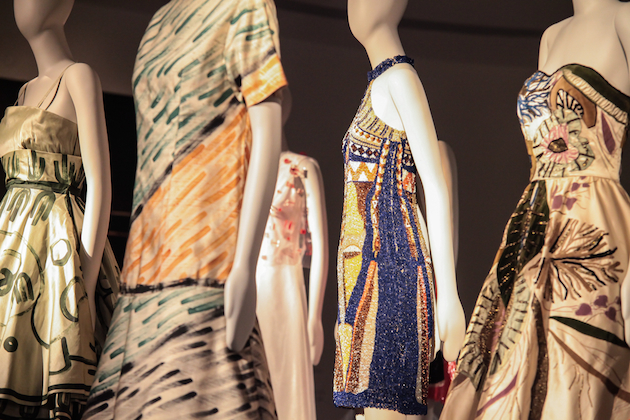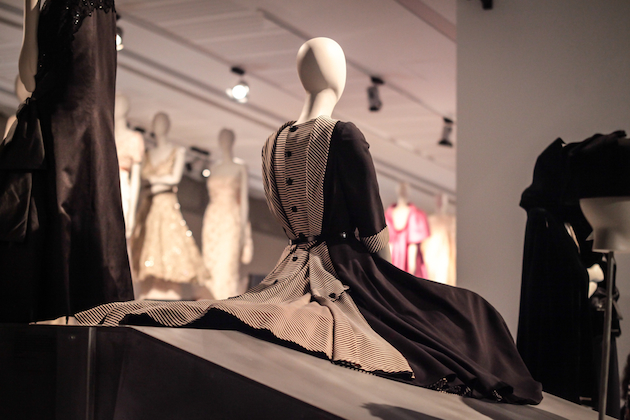
Bellissima. An expression, an exclamation: plain and clear, yet still hiding some meaning behind this apparent clarity. Luchino Visconti used this word to name one of his films interpreted by the anything-but-clear and complex beauty of Anna Magnani. No doubts the choice of this term as the title of an exhibition celebrating the iconic products of Italian fashion between 1945 and 1968 is right, keeping together the intricacies of both a period and a practice. The exhibition ‘Bellissima. L’Italia dell’Alta Moda 1945-1968’ is central for many reasons: it showcases about 80 pieces from all the names of the houses that made the history of fashion in Italy; it gives a glimpse of the style of a period, showing original videos and magazines alongside dresses and accessories; it manages to bring fashion in a temple of contemporary art, putting the two in a mature dialogue; it serves as an occasion for Italian culture to firmly state – or maybe to finally understand – that fashion deserves to be analysed more thoroughly, calling up for the necessity to celebrate fashion not as an applied art, but as a discipline with its own status.
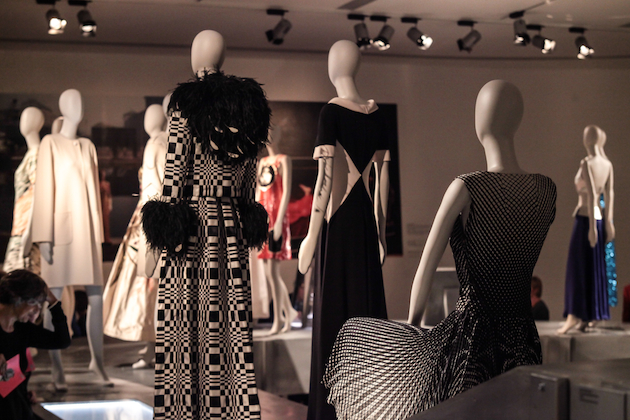
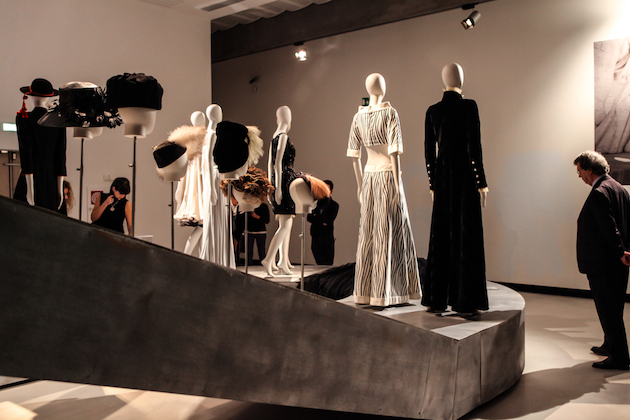
The exhibition creates a path divided into eight sections, and the dresses shortlisted span from cocktail dresses to day ensembles, from monochrome to graphic and psychedelic prints, from film costumes to experimental collaborations between artists and designers, defining the twenty-year period in all its features. The curatorial operation made by Maria Luisa Frisa, Stefano Tonchi and Anna Mattirolo may be defined as ‘critical storytelling’; by telling the story of the period that fixed Italian social and cultural identity, the one right after the second World War, they managed to find and explain the real roots of Italian fashion as it is universally recognised: an exquisite synthesis of intelligent design, great taste and sensibility, superb making and technical savoir-faire: a time in which Italian started to become one of the languages of fashion.
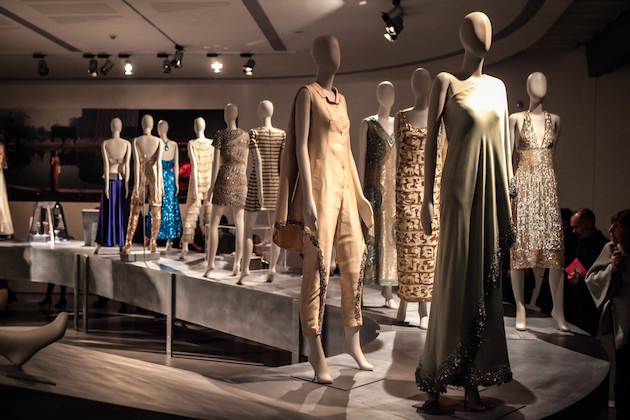
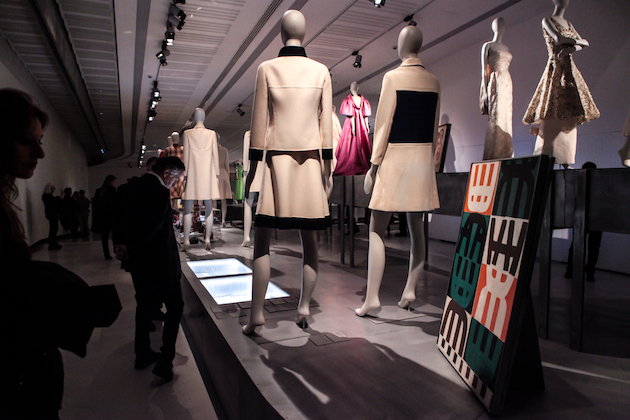
The set-up of the exhibition recreates a sort of conveyor belt, which serves as the ‘catwalk’ for the clothes exposed. The effect is quite estranging: while the mood inspired by both the set and the museum itself recalls the topos of the factory, the clothes transport us in a past made of sheen, exclusivity, luxury. The gap between these two sensations may be explained by looking directly at the history of Italian fashion: a history strongly related to – not to say dependent from – the local industrial realities, synonyms with excellence both in manufacture and understanding of the fast pace and often inexplicable shifts of design practice. The concept of luxury relies more on the precision of manufacture than on image, which is overall neat and clean, sometimes even demure, far from the frivolous excesses of French Haute Couture. This impeccably modest idea of luxury is epitomised by some of the core garments of the exhibition, Mila Schon’s pieces in her famous ‘double’ fabric: solidly basic ensembles, whose modern simplicity made them timeless.
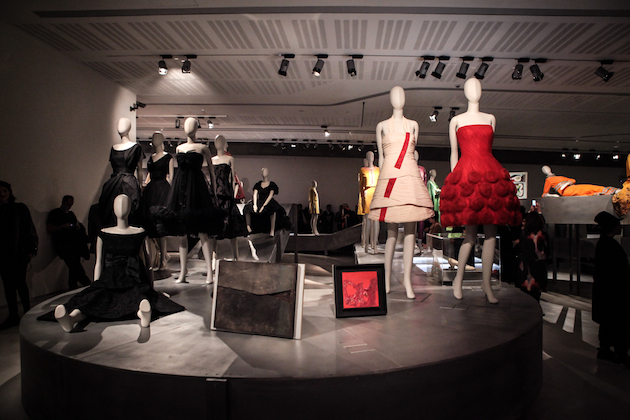
The exhibition keeps the strongest memories from the past and transfers them in contemporary thinking, as stated by Maria Luisa Frisa, whose eyes are always looking forward, as fashion itself does – The message is basically this: It’s time for creative minds to recuperate a glorious past and make it flourish again. This exhibition seems the best way to start. “Bellissima. Italy and High Fashion 1945-1968” will run until May 3rd 2015 at MAXXI in Rome.
